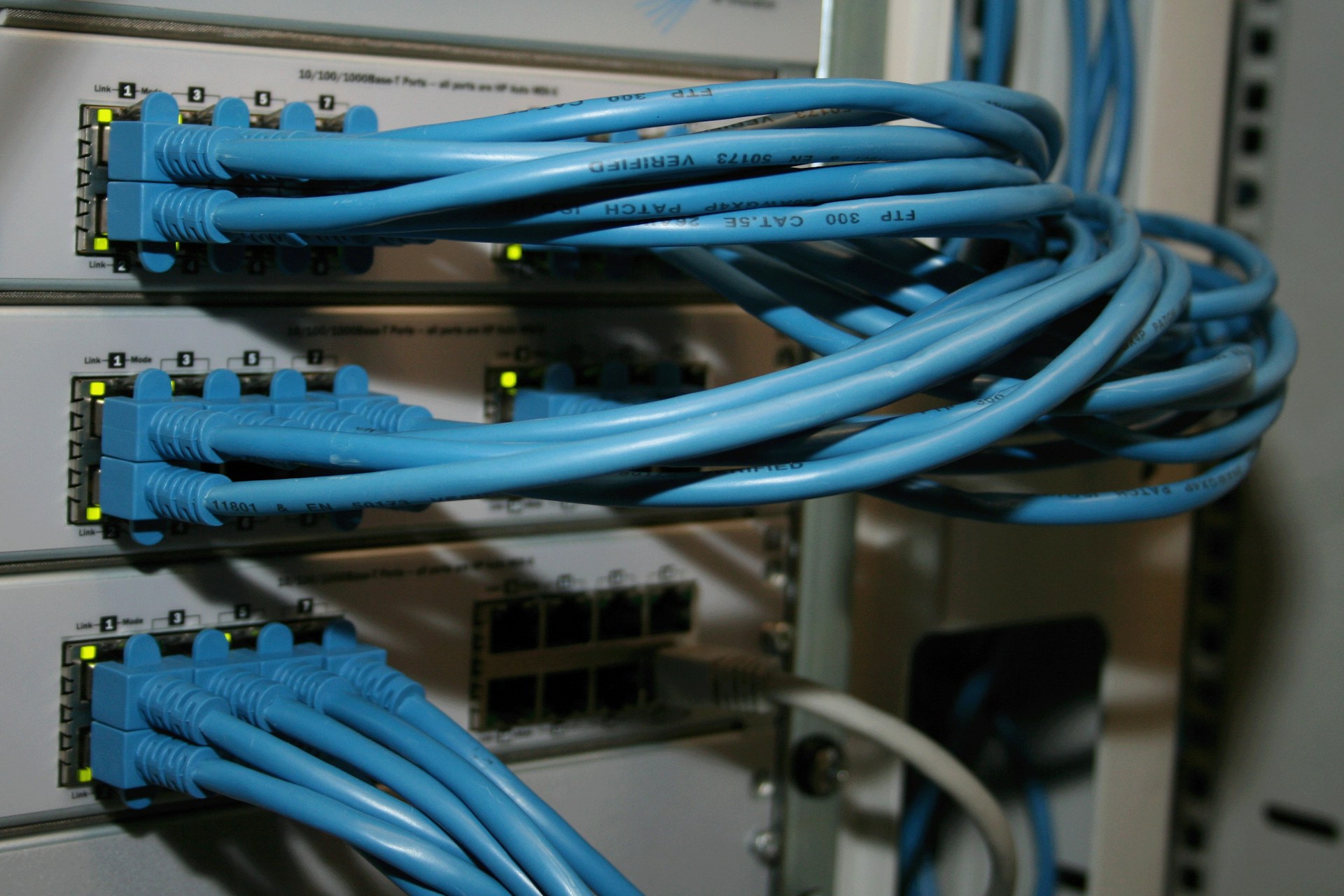When we talk about the foundational models that keep our networks running, two heavyweights always come up: TCP/IP and OSI. I’ve been seeing more teams revisit these models lately—not just in academia or training manuals, but in real-world decision-making around security, troubleshooting, and system design.
At first glance, they both do the same job: they organize the chaos of data communication into manageable layers. But dig a little deeper, and the differences start to matter—especially when we’re dealing with breach response, network visibility, or forensic analysis.
Here’s what stands out.
TCP/IP is the model we rely on daily. It’s practical, protocol-specific, and used across modern networks. It came before the OSI model and was designed to solve real communication issues using standardized protocols. Its structure is compact, with five layers, and many functions are grouped together, especially in the application layer. That’s where most user-level data generation, like web browsers and DNS requests, happens.
From a technical flow:
- The application layer kicks things off with tools like DNS to resolve IPs.
- The transport layer uses TCP or UDP to break data into segments.
- The network access and network interface layers package and prep the data.
- At the hardware layer, it’s transformed into signals sent over Ethernet or other protocols.
OSI, on the other hand, is broader in scope. It’s a seven-layer framework, separating functions more granularly—things like encryption, session handling, and presentation get their own space. While it’s not used directly in most production environments, its clarity makes it incredibly useful for troubleshooting, training, and diagnostics.
What really matters here is this:
- In TCP/IP, the application layer handles way more than it does in OSI.
- That bundling can make issue diagnosis more complex in TCP/IP environments.
- OSI’s separation of duties (into layers like session, presentation, and application) lets us pinpoint failures with greater accuracy.
- But TCP/IP wins in terms of real-world adoption and tool compatibility.
Despite their differences, both models share a layered logic that helps us track failures, optimize performance, and maintain operational continuity. Whether we’re running penetration tests, configuring firewalls, or chasing down anomalous traffic, knowing where the models overlap—and where they don’t—helps us get to the root of issues faster.
I’m not here to say one is better than the other. But understanding how these models approach communication gives us a sharper edge in managing vulnerabilities, especially when seconds count during an incident.
It’s not just theory—it’s the framework under everything we protect.

Leave a Reply